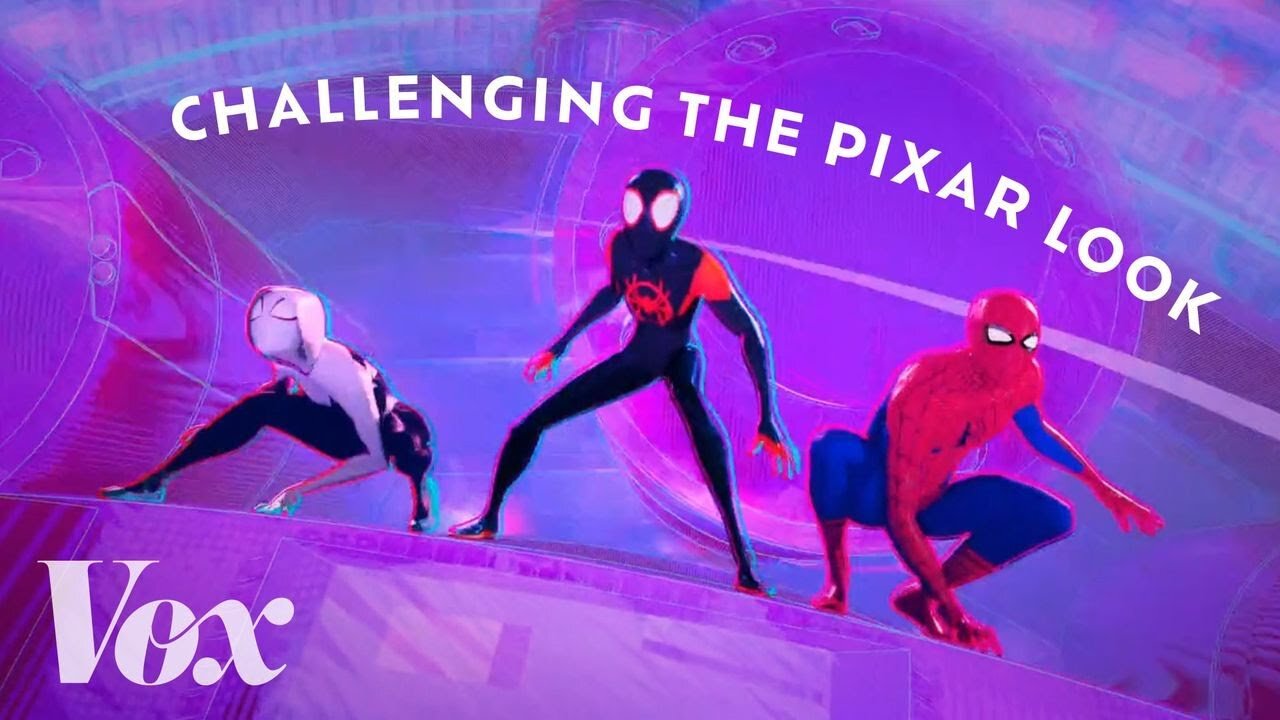Premium Only Content

How "Spider-Verse" forced animation to evolve
Non-photorealistic rendering has opened up an alternative to the ubiquitous “Pixar look.”
Subscribe and turn on notifications 🔔 so you don't miss any videos.
When you think of CGI animated films, you likely think of Pixar. The studio practically invented the genre with 1995’s Toy Story — the first CGI animated feature film.
After Toy Story, almost all animation studios wanted to follow in Pixar’s successful footsteps, straight down to their style. Many studios sought out “The Pixar Look”: extremely high quality, physically based, and in some cases almost photorealistic.
It’s an appealing approach that remains popular at the box office — but animated movies started looking kind of homogeneous. And while studios and independent artists tested out more stylized approaches in short films, no studio would commit to a feature-length animated movie that looked so different.
That is, until Sony Pictures/Imageworks took on Spider-Man: Into the Spider-Verse. Instead of chasing the look everyone was after, the team wanted to create something visually new. They did it with “non-photorealistic rendering.”
And since Spider-Verse, non-photorealism has taken off, with almost every studio set to incorporate it in the next five years. Check out our video to learn more about how non-photorealism works.
Note: A version of this was previously published with a spelling error. The error has since been corrected.
-
 2:21:11
2:21:11
Nerdrotic
10 hours ago $22.20 earnedDown the Rabbit Hole with Kurt Metzger | Forbidden Frontier #090
93.7K19 -
 2:41:13
2:41:13
vivafrei
15 hours agoEp. 251: Bogus Social Security Payments? DOGE Lawsduit W's! Maddow Defamation! & MORE! Viva & Barnes
226K259 -
 1:19:23
1:19:23
Josh Pate's College Football Show
8 hours ago $3.57 earnedBig Ten Program Rankings | What Is College Football? | Clemson Rage| Stadiums I Haven’t Experienced
57.7K1 -
 LIVE
LIVE
Vigilant News Network
13 hours agoBombshell Study Reveals Where the COVID Vaccine Deaths Are Hiding | Media Blackout
1,754 watching -
 1:17:59
1:17:59
Sarah Westall
9 hours agoDOGE: Crime & Hysteria bringing the Critics & the Fearful - Plus new CDC/Ukraine Crime w/ Dr Fleming
46.6K3 -
 45:39
45:39
Survive History
15 hours ago $8.39 earnedCould You Survive in the Shield Wall at the Battle of Hastings?
58.3K6 -
 1:50:28
1:50:28
TheDozenPodcast
13 hours agoViolence, Abuse, Jail, Reform: Michael Maisey
96.7K4 -
 23:01
23:01
Mrgunsngear
1 day ago $5.62 earnedWolfpack Armory AW15 MK5 AR-15 Review 🇺🇸
83.1K12 -
 25:59
25:59
TampaAerialMedia
1 day ago $3.46 earnedUpdate ANNA MARIA ISLAND 2025
52.5K4 -
 59:31
59:31
Squaring The Circle, A Randall Carlson Podcast
15 hours ago#039: How Politics & War, Art & Science Shape Our World; A Cultural Commentary From Randall Carlson
40.2K3